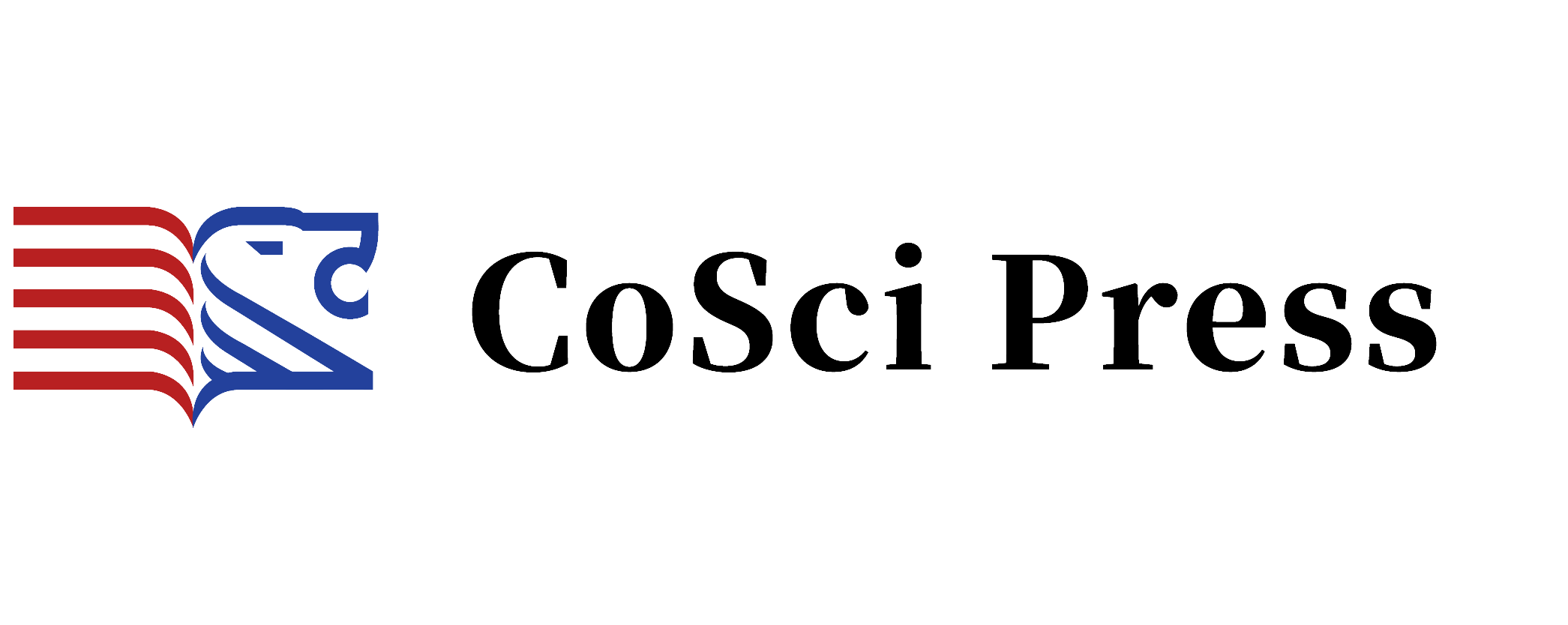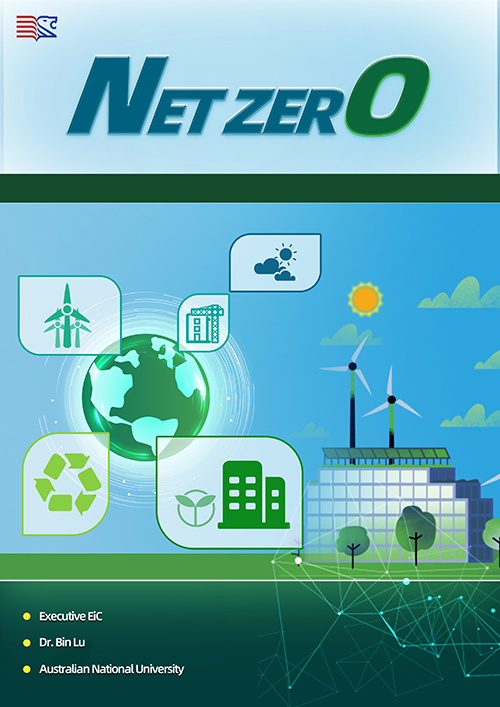Journal Browser
Author Instructions
- update at: 19 Sep 2024Manuscript Preparation
1. Publication Types
Net Zero does not require special formatting during the initial submission. Authors may follow any scholarly format or layout. This also includes references, as long as the citation style is consistent throughout the entire manuscript. However, authors are required to follow the specific guidelines based on the article type outlined below:
Research Articles
The Structure of Original Articles Should be as Follows: Word limit: 4,000 words, excluding abstract, methods, references and figure legends. Abstract: 250 words; must be structured, under the following sub-headings: Background and Purpose, Experimental Approach, Key Results, Conclusion and Implications. Minimise abbreviations and do not include any references. Methods: Should be fully transparent with sufficient detail to enable replication by others. There is no word limit. Discussion and Conclusions: 1,500 words. References: Ideally, no more than 60 references, with a focus on primary publications. Title: 160 characters (including spaces). Keywords: Supply between 3 and 7. Figures/Tables: Total of no more than 10 figures and tables (excluding supporting files).
Review Articles
The Structure of Review Articles Should be as Follows: Word limit: 3,000-5,000 words excluding abstract, references and figure legends. (Please cite word count on your manuscript). Title: Up to 160 characters (including spaces). Abstract: Between 150 and 250 words; must be non-structured. References: Up to 100 references. Structure: Authors should break up their reviews into headed sections. Figures/Tables: There should be a minimum of two figures one of which should illustrate the major findings/pathways discussed. There should be a total of no more than 5 figures and tables (combined). The use of explanatory figures in the form of cartoons, flow diagrams, etc., is encouraged. Professional assistance can be provided – please contact the editorial office.
2. Cover Letter
A cover letter must be included with each manuscript submission. It should be concise and explain why the content of the paper is significant, placing the findings in the context of existing work. It should explain why the manuscript fits the scope of the journal.
The cover letter is required to include the statements: the work is not under consideration for publication anywhere else and its publication has been approved by all co-authors, if any, as well as by the responsible authorities tacitly or explicitly at the institute where the work has been carried out.
3. Title Page
The title page should include: ① A concise and informative title; ② The name(s) of the author(s), and ORCID if available; ③ The affiliation(s) and address(es) of the author(s); ④ The e-mail address and telephone number of the corresponding author.
4. Abstract
Abstracts are required for all types of manuscripts (except for opinions, commentaries, and letters to the editor) and should consist of no more than 250 words. Abstracts should include the following structure: Objectives, Methods, Results and Conclusion.
5. Keywords
All manuscript should include 4-6 keywords, not included in the title of the paper.
6. Text
Manuscripts should be structured according to the type of article (see above).
7. Acknowledgements (if any)
All contributors of the paper who are not named as co-authors should be mentioned in the acknowledgement section.
8. Funding (if any)
Funding sources should be clearly stated.
9. Author Contributions
Please provide a contribution statement by indicating each author's contribution to the paper. The statement should state how each author contributed to the article. Please include individual contributions to planning, conduct and reporting of the work in your paper. Conception and design, acquisition of data or analysis and interpretation of data, etc. may also be considered. Please note that persons listed as an author who do not fulfill all three of the criteria mentioned above should be moved to the acknowledgment section.
10. Conflict of Interest Disclosure
Any interest or relationship, financial or otherwise that might be perceived as influencing an author's objectivity is considered a potential source of conflict of interest. These must be disclosed when directly relevant or directly related to the work that the authors describe in their manuscript. The existence of a conflict of interest does not preclude publication. If the authors have no conflict of interest to declare, they must also state this at submission. It is the responsibility of the corresponding author to review this policy with all authors and collectively to disclose with the submission ALL pertinent commercial and other relationships.
11. Ethics Approval Statement
Net Zero fully adheres to the Code of Conduct and the Guidelines of Committee on Publication Ethics (COPE). The Editors of this journal have an obligation to assist the scientific community in all aspects of publishing ethics, including plagiarism. As such, we endeavor to ensure the transparent and quality peer review process. More details, please refer to our Publishing Policy. Authors should conform to the publication ethics.
12. Permission
If your article makes use of any previously published material (including figures/diagrams, or short extracts, or content taken from websites) then you must first obtain the written permission of the copyright owner. The copyright owner is usually the publisher (for material taken from journal or proceedings articles), website owner/company (for material taken from websites) or the author or their employer (if the work is unpublished). Some publishers will also require that you seek the permission of the original author (you will need to check the terms of the publisher’s permission.
We ask you to submit written evidence: ① That all necessary permissions have been obtained by providing the actual written permission granted by the copyright owner, or ② That permission is not required, e.g., where the material is available under one of the Creative Commons licenses which allow commercial reuse and suits the purpose for which you want to reuse the content.
13. References
During the initial submission, authors may choose any referencing style. However, the style needs to be consistent throughout the manuscript.
14. Tables and Figures
Figures and tables should appear in the body of the paper near the place where they are mentioned. High-resolution images should also be uploaded separately as figure files. The figures and tables should be cited in numeric order in the text. All image files for figures should be labeled with the figure number (label each part if figures include multiple parts, e.g, 2A, 2B). The figure legend should be placed below each figure and should include descriptions of each figure part and identify the meaning of any symbols or arrows. Terms used for labels and in the legend must be consistent with those in the text. Color will be used in the Journal where needed (e.g, histology slides or surgical photographs). All other figures, such as bar graphs and charts, should be submitted in black and white. Figures for papers accepted for publication must meet the image resolution requirements. Files for line-based drawings (no grayscale) should ideally be submitted in the format they were originally created; if submitting scanned versions, files should be 1200 dots per inch (dpi). Color photos should be submitted at 600 dpi and black-and-white photos at 300 dpi. Charts and graphs can be submitted in the original form created (e.g, Word, Excel, or PowerPoint). Photographs or scanned drawings embedded in Word or PowerPoint are not acceptable for publication. All photographs of patients that disclose their identity must be accompanied by a signed photographic release granting permission for their likeness to be reproduced in the article. If this is not provided, the patient’s eyes must be occluded to prevent recognition. For tables, the system accepts most common word processing formats. Tables should have a title that describes the content and purpose of the table. Tables should enhance, not duplicate, information in the text. If you include figures that have already been published elsewhere, you must obtain permission from the copyright owner(s).
15. Supplementary Material (uploaded separately)
Authors are encouraged to include only concise Figures and Tables that directly support the study design and outcome to the main document of the manuscript. All other relevant information should be submitted as supplementary material.
Manuscript Submission
If you encounter network problem, please submit via the journal email: [email protected]

